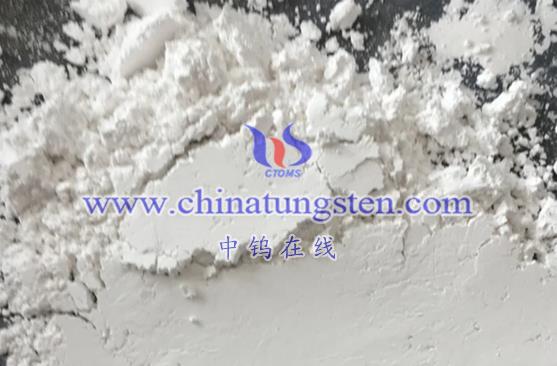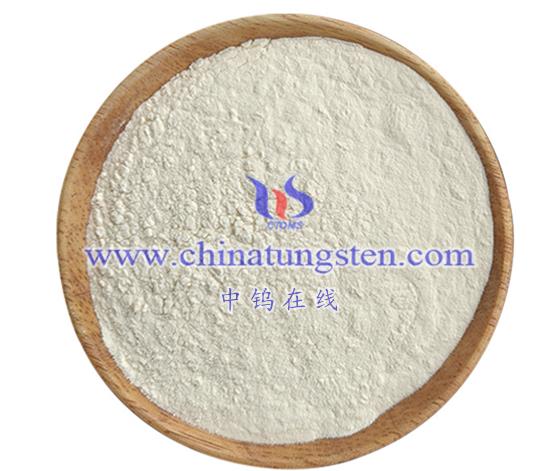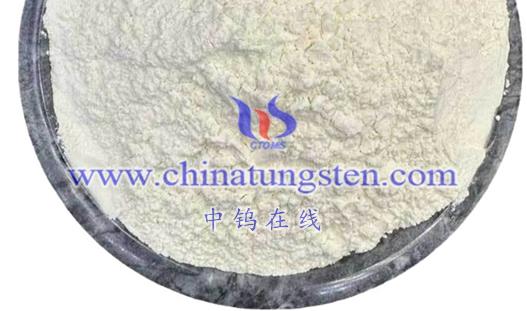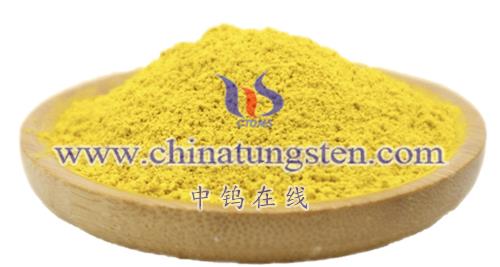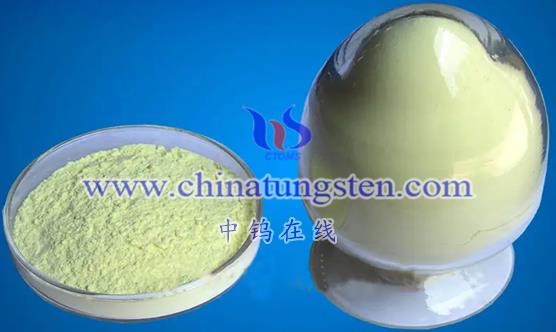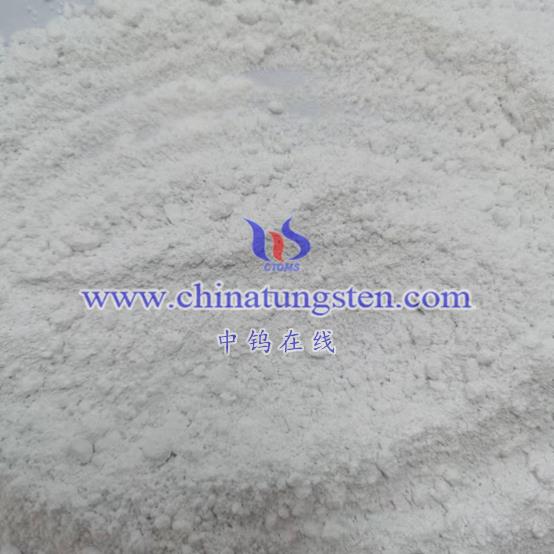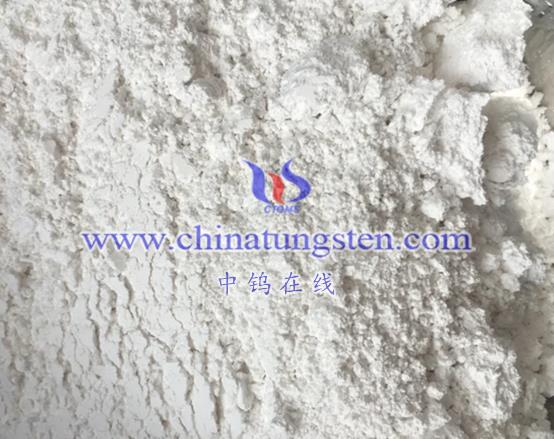
True Density:
- Definition: True density (also known as theoretical density or bulk density) refers to the mass of a substance per unit volume, reflecting the intrinsic density of the material itself. It is an inherent property of the material and does not change with external conditions such as temperature or pressure.
- Measurement Methods: True density is typically measured using precise density meters or pycnometers under specific conditions (e.g., standard temperature and pressure).
Bulk Density:
- Definition: Bulk density (or loose bulk density) is the mass of powder per unit volume, including the voids between the particles when the powder is in its natural, loose state. It reflects the degree of packing and void ratio between the powder particles.
- Influencing Factors: Bulk density is influenced by various factors such as particle shape, size, size distribution, surface properties, and packing method. Therefore, even the same substance can have different bulk densities depending on the preparation conditions.
- Measurement Methods: Bulk density is measured using techniques such as the funnel method, vibration method, or gas displacement method, which calculate the density based on the powder’s volume and mass under specific conditions.
Relationship Between True Density and Bulk Density:
- Differences:
- True Density: Reflects the material’s inherent density and does not change with external conditions.
- Bulk Density: Reflects the apparent density of the powder in its packed state, influenced by particle packing and voids between particles.
- Connections:
- Material Quality Indicator: Bulk density can be an indicator of powder quality. For example, in applications like coating, films, or composite materials, powders with appropriate bulk densities ensure material uniformity and density.
- Initial Assessment: Comparing bulk density and true density can provide initial insights into the powder’s packing state and void ratio. A significant difference between the two values often indicates the presence of substantial voids between particles.
Key Points to Consider:
- Variability: Bulk density can vary under different conditions and due to different influencing factors, so it is essential to ensure consistency in measurement conditions when comparing different powders.
- Comprehensive Evaluation: Bulk density is not the only parameter for evaluating powder materials. It should be considered alongside other indicators such as particle size distribution, purity, and chemical activity for a comprehensive assessment of powder quality.
In summary, while true density reflects the inherent density of the material, bulk density provides insight into the packing and void characteristics of the powder. Both properties are important for different aspects of powder handling and application, and they should be evaluated in context to fully understand the material’s behavior and suitability for specific applications.
More details of tungsten oxide product, please visit website: tungsten-oxide.com
Please contact CHINATUNGSTEN for inquiry and order of tungsten oxide:
Email: sales@chinatungsten.com
Tel.: 86 592 5129595
